
Designing a city garden
Our tips and ideas to optimise space in your small urban garden
Contents
Owning an urban garden is a luxury for getting fresh air daily and escaping noisy surroundings, enjoying a green space that is often small but so welcome! This often enclosed small garden, a true outdoor room, in the form of a patio or courtyard, can sometimes extend by a few extra square metres, even including a lawned area, and transform into a true paradise.
With square metres at a premium, often intrusive overlooking from neighbours, more pronounced shade than elsewhere due to denser buildings, urban pollution, degraded soil… small urban garden faces many constraints… and yet it offers many and very attractive landscaping options.
Discover our tips and advice to create your small patch of greenery in a harmonious and original way, and make your haven of peace look larger than it seems.
→ Also discover our advice sheets on 7 trees for urban garden and 7 bushes for urban garden
Bring in light
In a patio, a poorly lit paved courtyard, or a pocket garden surrounded by buildings, sun is rarely available, sometimes struggling to break through for a few hours in midsummer…
Start by pruning and thinning trees as much as possible when they really obstruct light. On trees or large shrub, prune lower branches to raise canopies as much as possible. This will also allow you to free up space on the soil, to possibly install a layer, or at the base of the tree some pleasant groundcovers, or even to train a climbing plant to run up the trunk and brighten it.
→ Read also : Light in the garden: exposure, sunlight, shading and brightness
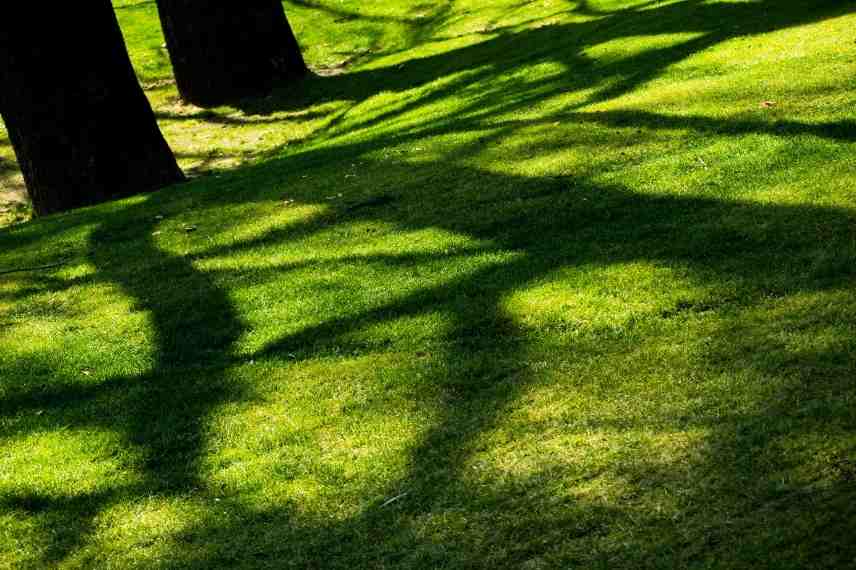
You will no doubt need to thin some existing trees or shrubs that are too dense in your garden
Read also
7 trees for small gardensGain perspective
Short on ground space? Install vertical structures that have two stunning, immediate effects on the look of a small area: you can rely on climbing plants that will green vertical surfaces and provide abundant flowering up high… and add volume and structure to your garden. Plant vertically: totems, trellises and obelisks, even pots hung on a wall.
Pergolas and other structures for climbing plants provide shade in sun-exposed gardens while adding architectural interest. You can even create a small raised urban vegetable patch to make the most of available space!
NB: Virginia creeper and ivy are two climbing plants that tolerate urban pollution very well; combined, they can provide vegetative cover for an unsightly wall in any aspect, year-round. Also consider Hydrangeas and climbing clematis, several of which are evergreen. Trachelospermum jasminoides is also impressive in any exposure.
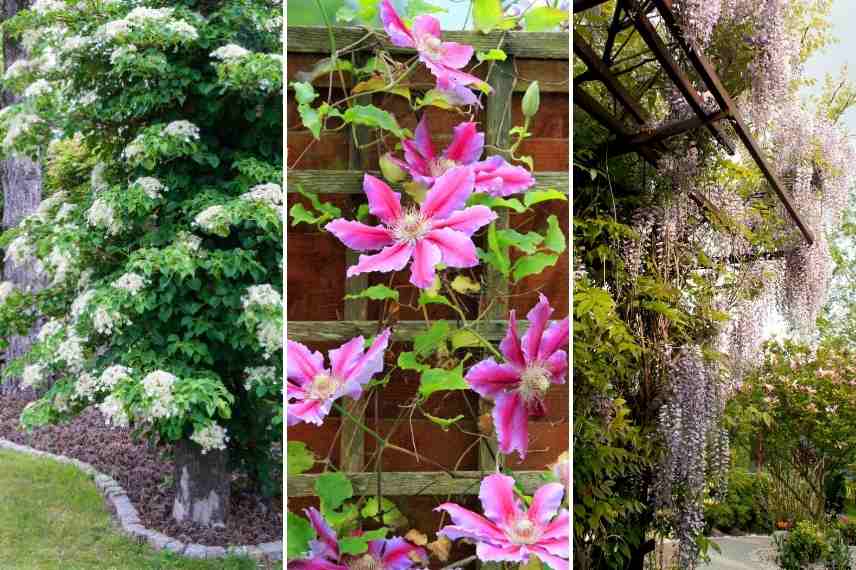
Think of verticals that don’t take up ground space: climbing hydrangea, clematis on trellis, wisteria on pergola
Discover other Urban garden
View all →Available in 0 sizes
Available in 0 sizes
Available in 1 sizes
Available in 1 sizes
Available in 2 sizes
Available in 0 sizes
Available in 2 sizes
Available in 2 sizes
Available in 1 sizes
Available in 1 sizes
Adapting plants
Your garden, however small, is above all a plant universe that must be adapted to soil conditions, urban pollution, lack of sunlight and overlooking… Several points to bear in mind about this purely plant aspect:
Compose with more evergreen plants than in a larger garden: you have less space and can therefore less rely on an alternation of deciduous species. In addition your eye will fall on the same plants all year, so they should be mainly well stocked: choice is wide between ericaceous plants, conifers, box, Pittosporums, Hebes, Nandinas, Ceanothus, euphorbias, hardy geraniums…
Your plants won’t all be tiny or only low to fit the size of your small garden; on the contrary: Use diverse foliage (broad, fine, divided, textured…), erect and spreading habits, create a plant mass so you can lose yourself in the garden! Layer your plants as Japanese landscapers do, in three strata.
Attract the eye with one or two sculptural, graphic and structuring specimens, or ones with original habits: Cornus with table-like habit, Japanese maple or corkscrew willow, Catalpa bignonioides ‘Nana’ trained as a ball, coppice shoots of Magnolia, Phormium or cactus in mild climate, Musa, palm, conical topiary, Melianthus …
Shrubs that remain medium-sized are sought after for small urban gardens: Japanese maples, Magnolia stellata, Rhododendrons, Lagerstroemia, Savonniers, dwarf conifers… there are many! Standard-trained shrubs or columnar trees are also popular since they are grown with little footprint and limit shade cast on the ground (standard topiary, certain birches…). Espaliered fruit trees are perfect to save even more space and sometimes hide a wall!
Plant palette, whether perennials, shrubs or trees, should be chosen for double or even triple seasonal interest: flowering, autumnal colour, berries, fragrance… so as to achieve several objectives at once — for example a spring bloom combined with attractive autumn foliage, or a summer flowering followed by winter berries. Habit of shrubs and perennials also matters greatly! Of course, stagger flowering times.
Favour plants tolerant of urban pollution; many exist: Lonicera nitida, euonymus, privet, Berberis, ivy, Physocarpus, Pieris, Sorbus, Juniperus….
To act as a screen, use densely screening plants that have minimal ground footprint: non-running bamboos only (Fargesia rufia), Ligustrum, etc.
To hide paving that is too dominant and unattractive and cannot be changed, plant a shrub with spreading habit or creeping perennials.
If you choose a design approach (Japanese garden, colonial garden, wild garden, exotic garden, monochrome garden…), it will be easy to restrict the plant palette, for an elegant and timeless result!
Make liberal use of bulbs, which ensure a continuous succession of blooms throughout the year while taking up little space: from spring muscari to autumn colchicums, via summer lilies.
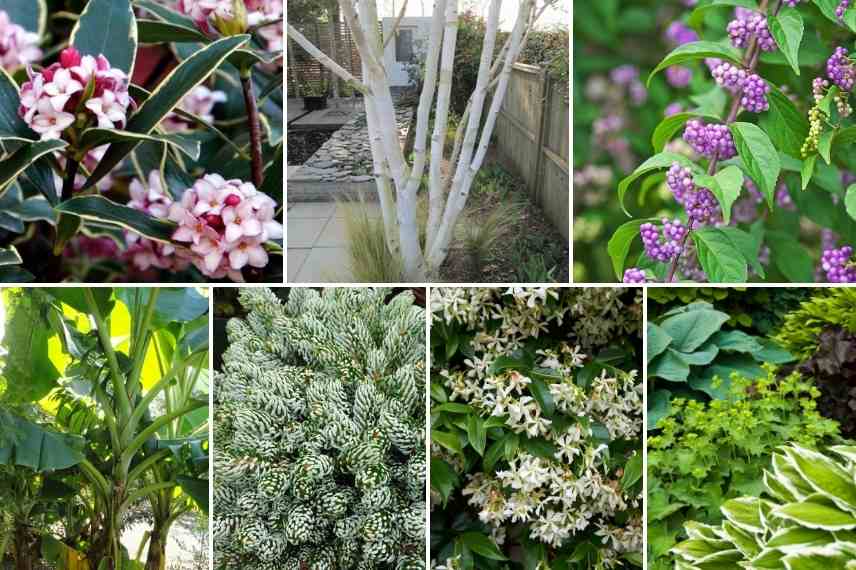
Subtly mix different foliage, blooms and silhouettes. Here, from top left to bottom right: Daphne aureomarginata, Birch (Photo: L. Enking), Callicarpa, Banana tree (Musa sikkimensis ‘Red Tiger’), Abies koreana ‘Kohout’s Icebreaker’, Trachelospermum jasminoides, Hostas and alchemilla
Playing with levels
Raising soil to create different levels is a landscaper’s trick to make garden appear larger. Levels draw the eye to different points in garden, a single step is enough to slow pace, all this helps to visually enlarge garden. By bringing in volumes of soil and creating successive levels — a very modernist effect currently popular — most nival-zone plants will also receive more light, something often sought in small urban gardens. Finally, these raised beds often provide a layer that saves space and allow replacement of poor-quality soil, too dry or too wet.
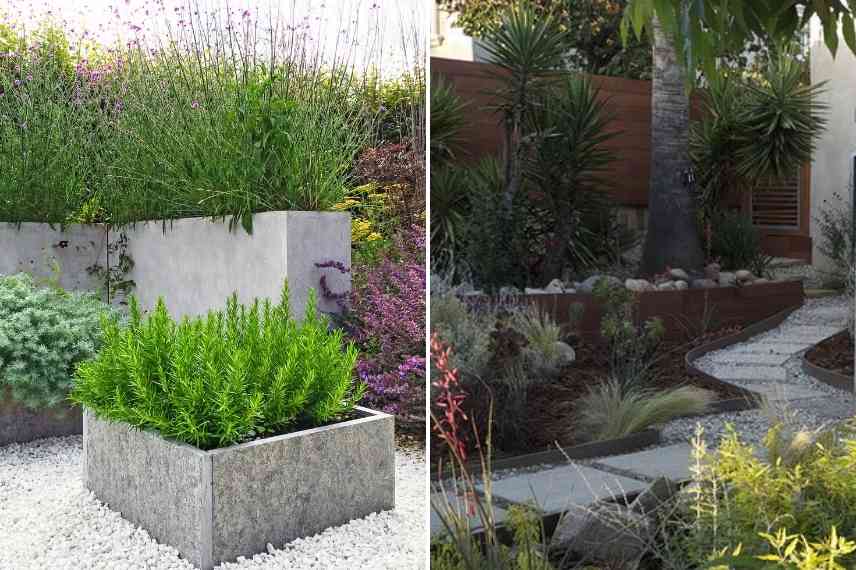
Installing raised beds and creating levels help structure small garden (Photo on right: J. Levine)
Make the most of colours
Some colours in garden can visually add depth, creating illusion of space. This applies equally to foliage and flowering. To sum up, regarding flowering, blue and purple tones bring depth, silvery and grey foliage do likewise. Light or variegated foliage will brighten a dark area, and enlarge space. Contrast variegated and golden foliage with darker foliage.
A uniform palette of tones in cladding, fences, furniture should be seriously considered, as these elements will not draw attention. However, a single colourful, original or dominant object or element can serve as a foreground focal point, and lengthen backgrounds (extra-large planter, architectural or graphic shrub, pond, pergola, etc.).
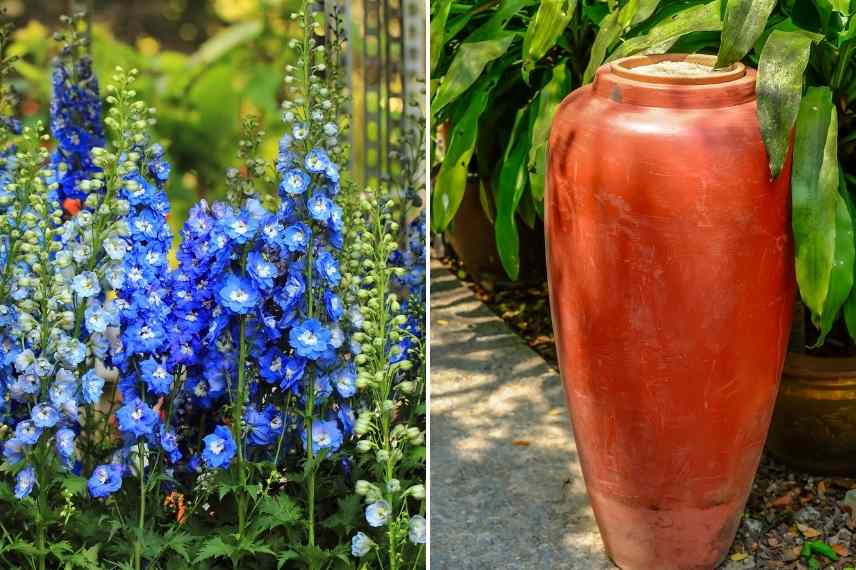
Blue gives depth. A large planter or a colourful object works well in foreground
Keep the surprise
It bears repeating: in landscaping, one of the main rules is to create a sense of surprise in the garden, particularly in small spaces. Dividing a small area into several sub-areas may seem odd, yet it is a simple way to visually enlarge your garden.
The trick is to compartmentalise the space, using low or slightly taller hedges, lattice screens, or even furniture, which will create a series of small rooms with different uses: dining area, relaxation-and-play corner, resting area, vegetable patch… They can be made up of soft, flowing grasses tall enough, dense evergreens with small leaves for a modern or classic effect (box, privet, conifers), so as to always allow the eye to imagine what comes next in the layout.
Soften garden boundaries
In town gardens, an unsightly wall is often best hidden in a tangle of plants. So don’t hesitate to increase planting density to disrupt sense of scale. Alternatively, opt for a minimalist garden, where few plants are used.
As seen above, you can also play with colours, using darker tones at garden edges, and with plant heights to create forced perspectives, gradually reducing plant heights.
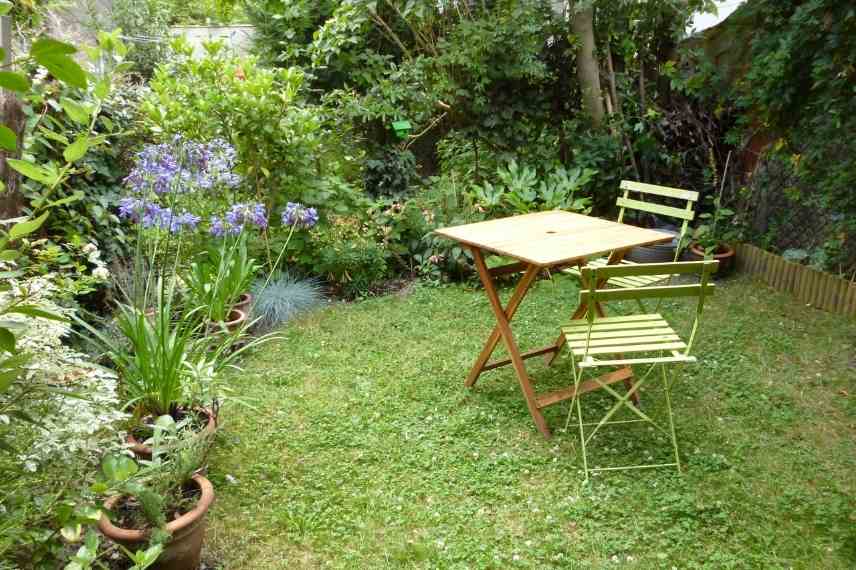
This tiny town garden completely hides the boundary wall in a tangle of plants, making it appear larger (Photo: Gwenaëlle David)
Create a container garden
Gardens on parking slabs, common in large cities, often do not provide a sufficient volume of soil to plant many specimens. Concrete surfaces covered with paving are sometimes difficult to alter, even more so if part of a co-owned property.
Container gardening then proves not only a clever idea but genuinely ornamental, and often catches the eye if you pair it with a theme such as ‘tropical garden’. Hostas, ferns, Arums, fine grasses… a clustered display is highly decorative. Just pay attention to hardiness of your plants, reduced by a few degrees when kept in pots or planters, and be sure to insulate them well from cold in winter.
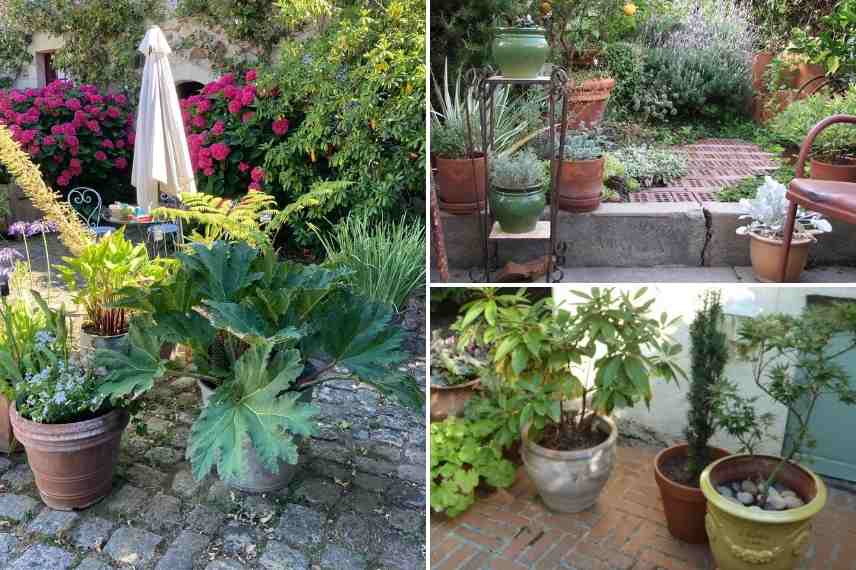
Grouping containers allows, among other things, to overcome poor soil in a small urban garden (Photos: G. David, and top right S. A. O’Hara)
Treat yourself
One big advantage of a small city garden (aside from lower maintenance!), since its size is limited, is that you can afford to invest in slightly more sought-after plants or install two or three slightly more expensive specimens, for example, mature plants that will produce an immediate effect. Treat yourself in these small spaces that become well-kept secret spots with already well-established shrubs, tree ferns, ornamental trees or specimen plants…
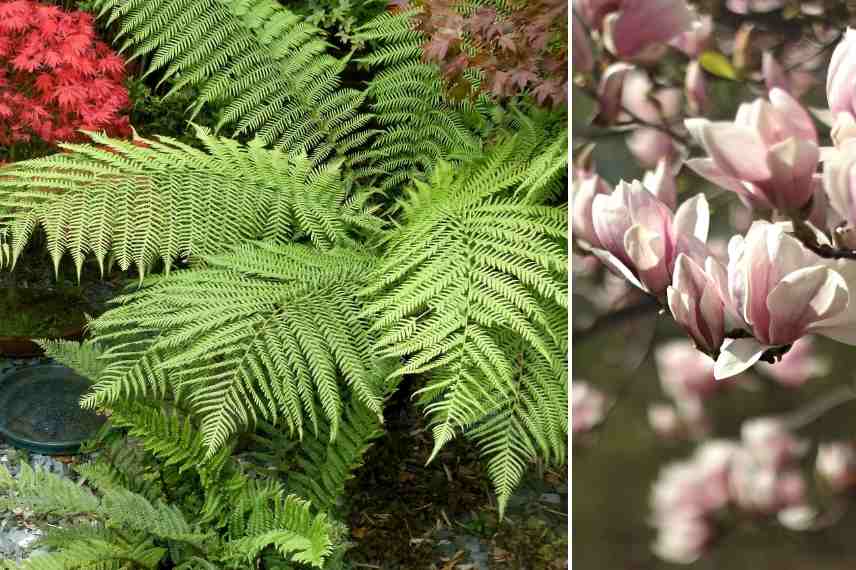
A tree fern (Dicksonia antartica) and a Magnolia : make the most of limited space in your city garden to install striking specimens!
Layout, pathways and materials
Small urban gardens benefit from using oblique and diagonal lines in pathways to create an illusion of space. In a slightly larger city garden, imagine a curved path that invites meandering through the spaces, thereby creating a sense of freedom. Urban trend favours clean, geometric lines.
Materials and finishes should, as far as possible, be chosen in the same tones or homogeneous materials, so as to blend into the garden, to highlight perennials or shrubs that will provide necessary privacy. Furniture should ideally be foldable. Finally, installing judiciously placed lighting will let you enjoy your mini garden late into the night, visually expand the space, and showcase your favourite scene.
- Subscribe!
- Contents
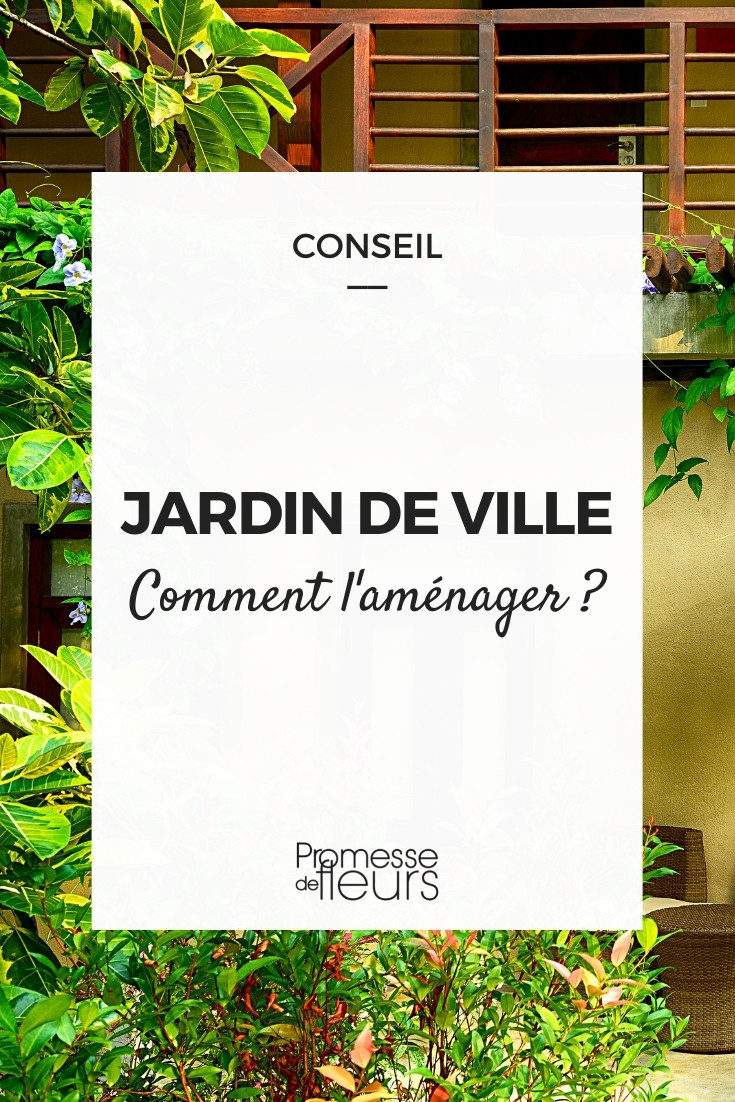































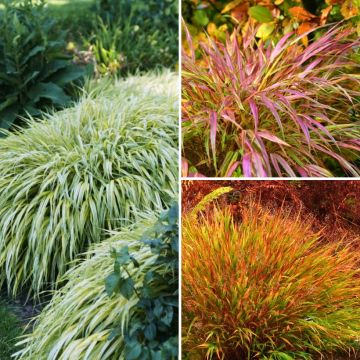

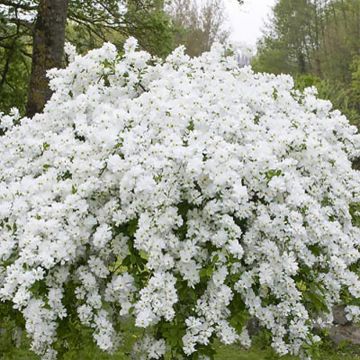

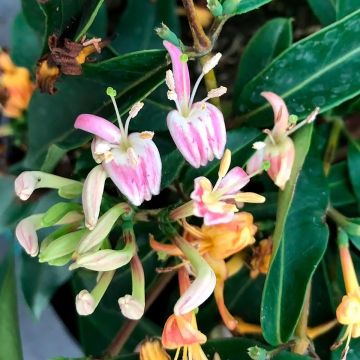
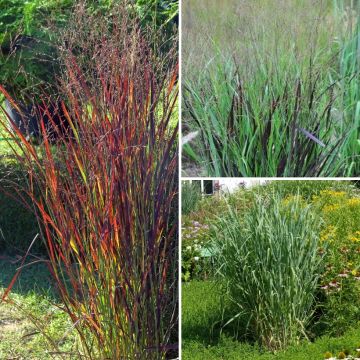
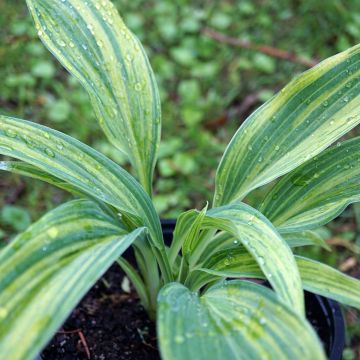

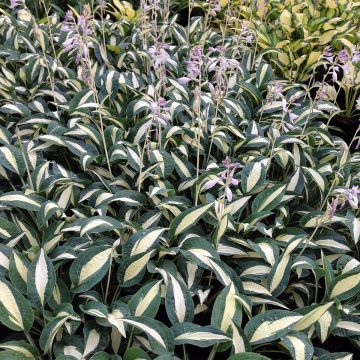

Comments